RARE FLOWERS
Added on: 14th Oct 2015
YOUTAN POLUO
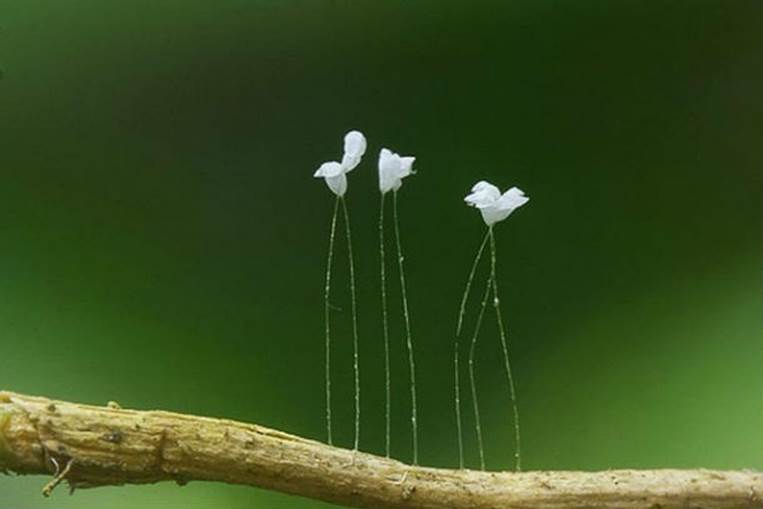
The flower Youtan Poluo is said to bloom every three thousand
years and is directly linked to Buddhism. However, researchers
have put in doubt the truth of this assertion. The myth goes like
this: Every three thousand years the blooming of the
Youtan Poluo marks the arrival of a future king, or a
reincarnation of the Buddha. One way or another,
Youtan Poluo is an extremely rare flower.
WHITE LOTUS

The white lotus is called the Egyptian white water lily or the tiger lotus.
The species comes from the Nymphaeaceae family and grows in
various parts of Southeast Asia and East Africa. The blossoms
float on water with the support of its lily pads. The white
lotus is also a popular pond and aquarium plant.
SNOWDONIA HAWKWEED
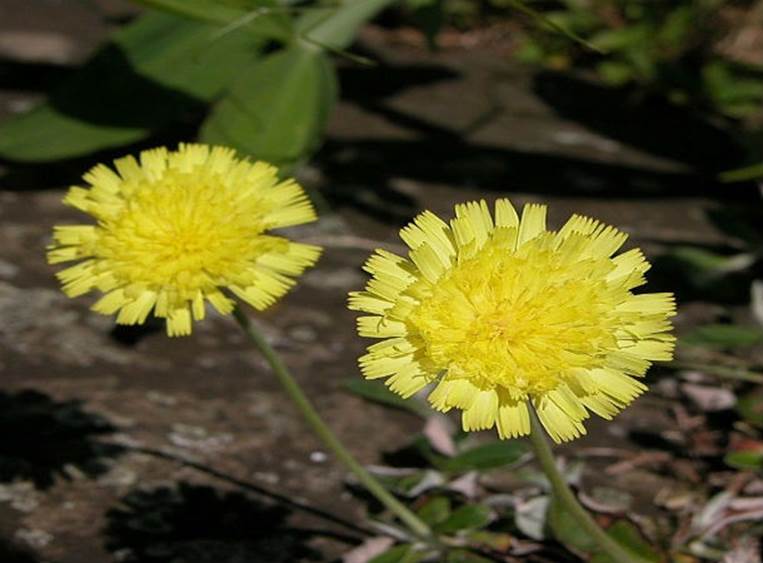
The Snowdonia Hawkweed, one of the rarest flowers in the world,
was rediscovered in 2002 growing on a mountain slope in Wales,
decades after botanists feared it had become extinct. The unique
flower was last reported seen in 1953, and was believed to have
been nibbled to death by sheep. Fortunately,
this wasn’t the case after all.
SHENZHEN NONGKE ORCHID
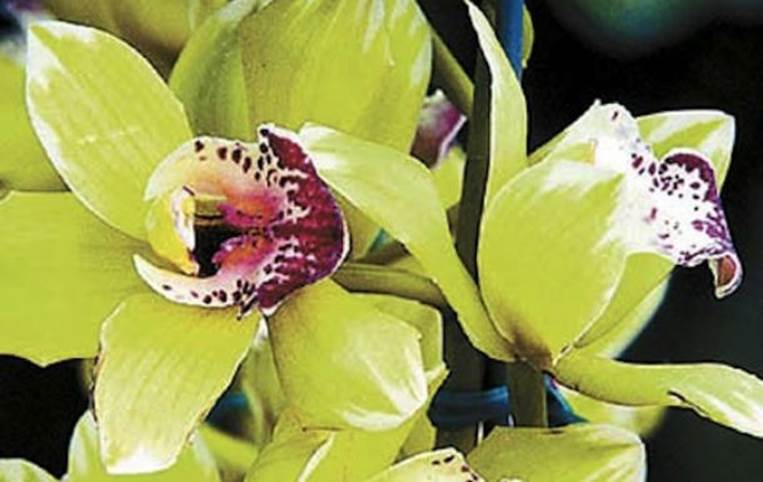
The Shenzhen Nongke Orchid is a flower that was completely
manmade and got its name from the group that conducted the
experiment. It took the researchers eight years to grow and
observe the flower. It sells for a high price (about €170,000)
not only for its rarity, cultivation, and background, but also for its
appearance. It takes four to five years for the orchid to blossom
and aside from its beauty, it is also said to have a delicate taste.
SEA POISON TREE

A sea poison tree is a large tree that grows on sandy and rocky
shores and has large leaves held in rosettes at the ends of branches.
The young leaves are a beautiful bronze with pinkish veins.
Old leaves turn yellowish. The flowers are delightful puff balls of
white stamens tipped with pink. They open at night and attract
large moths and nectar-feeding bats with their heavy scent.
ATTENBOROUGH'S PITCHER PLANT
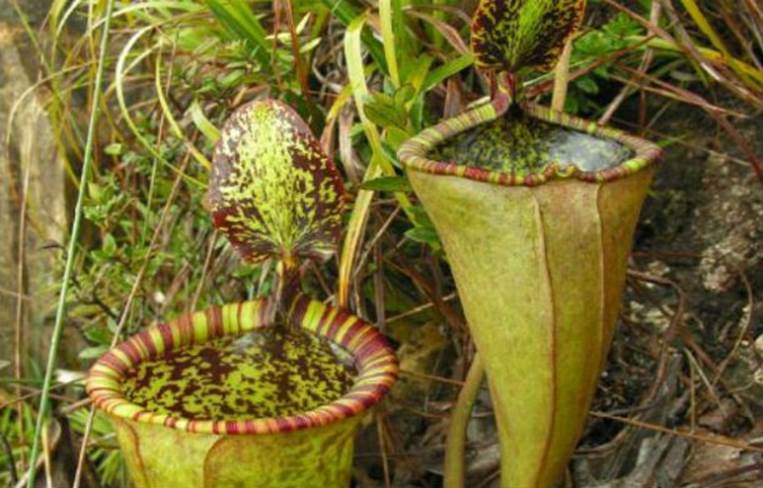
This rare flower that hails from the Philippines has a very
interesting background. After a two-month expeditionary
trip into the heart of the jungle on several islands, Stewart R. McPherson,
Volker B. Heinrich, and Alastair S. Robinson discovered this plant.
This discovery was considered an amazing find since the point of
the expedition was to catalogue the various indigenous pitcher
plants of the Philippines, among which the Attenborough’s Pitcher
now has a place. The flower was named after British broadcaster
and naturalist Sir David Attenborough. Because of his affinity for the
various members of the pitcher plant genus, the homage is
definitely appropriate.
RAFFLESIA ARNOLDII
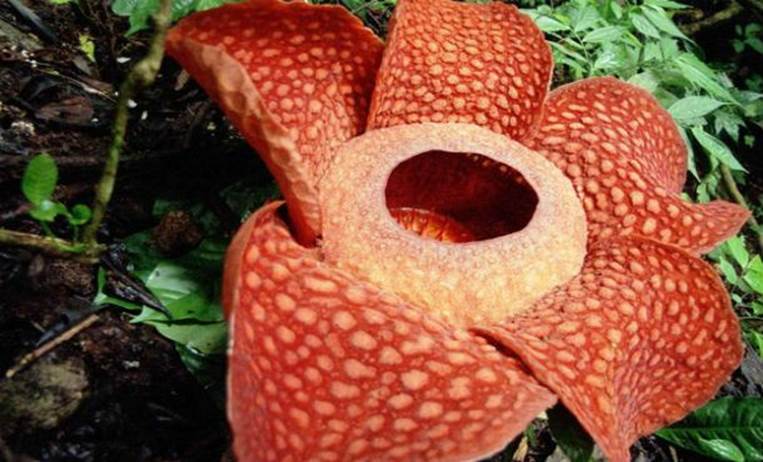
This rare flower is found in the rain forests of Indonesia and is
considered to be the flower with the world’s largest bloom since it
can grow to be three feet across and weigh up to fifteen pounds.
It is a parasitic plant, with no visible leaves, roots, or stem. It attaches
itself to a host plant to obtain water and nutrients. When in bloom,
the Rafflesia emits a repulsive odour, similar to that of rotting meat.
This odour attracts insects that pollinate the plant.
NIGHT-BLOOMING CEREUS
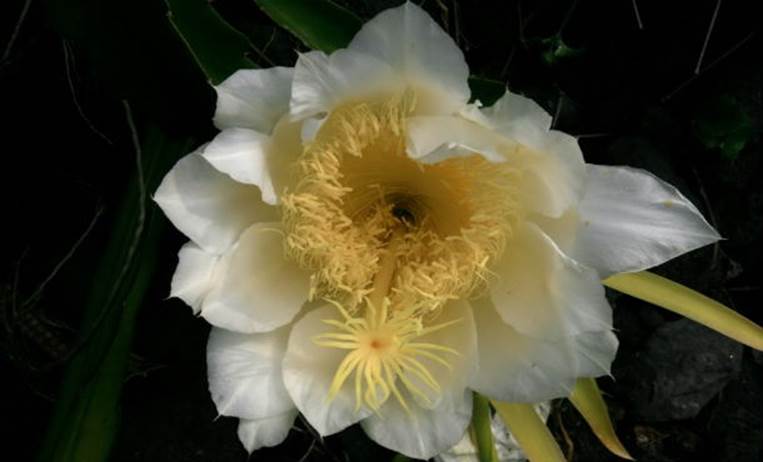
One of the strangest plants in the desert, the night-blooming cereus,
is a member of the cactus family that resembles nothing more than
a dead bush most of the year. It is rarely seen in the wild because of
its inconspicuousness. But for one midsummer’s night each year,
its exquisitely scented flower opens as night falls, then closes
forever with the first rays of the sun.
MIDDLEMIST RED

Imported to Britain two hundred years ago from China, when flowers
were a luxury item in most of Europe, Middlemist red is one of the
rarest in the world and exists in only two known locations:
a greenhouse in the UK, and a garden in New Zealand.

Comment on this